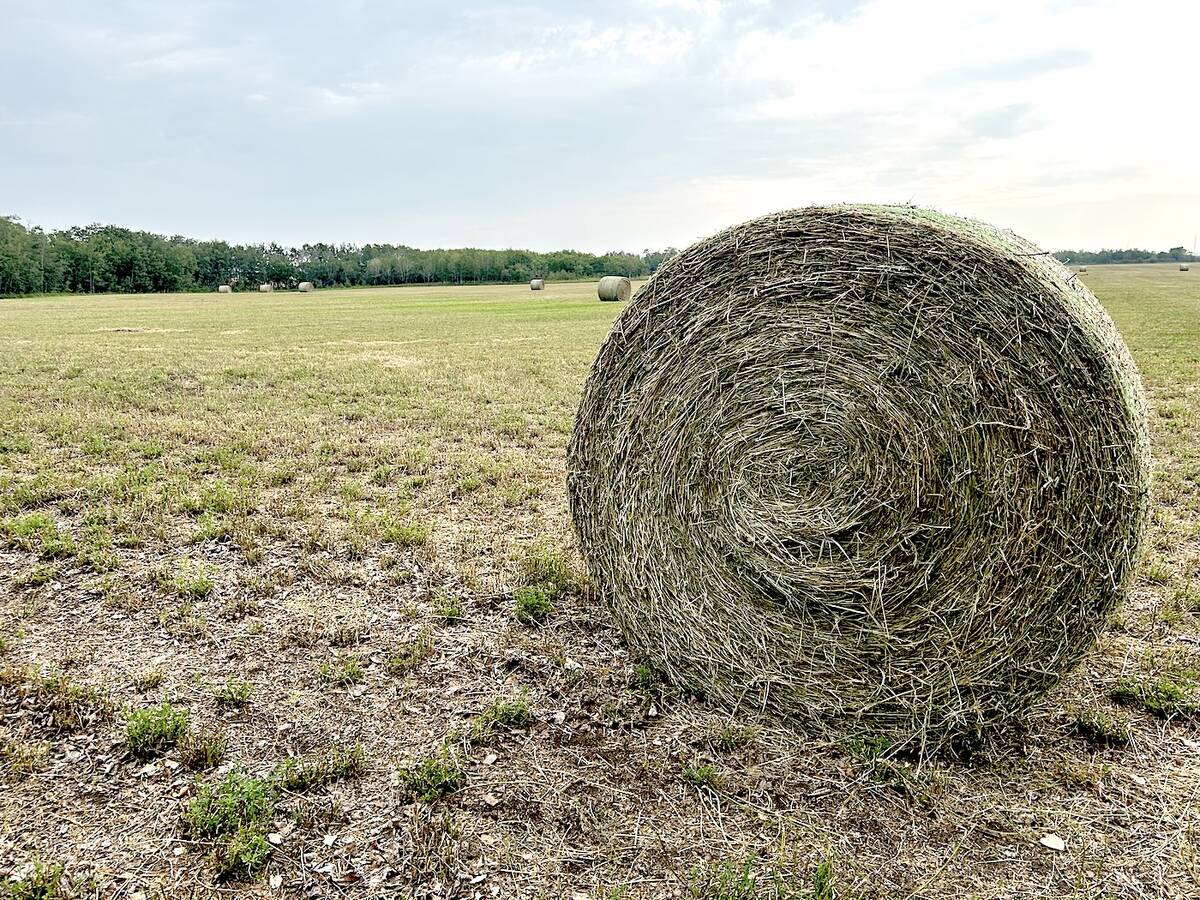AARD Release / Alberta Agriculture and Rural Development has a pair of new fact sheets on the pros and cons of various grain storage options.
“With record crop yields and transport delays of 2013, came greater interest of on-farm storage options,” said Jennifer Stoby, provincial market analyst for agriculture inputs.
“Choosing the right grain storage system can be difficult. But by looking at total costs, the farm’s future plans, existing systems, and labour availability, producers can narrow down the best option for their operation.”
Read Also

Alberta has adequate feed supplies going into winter
Hay yields across Alberta were varied, but one expert says feed supplies are in strong supply for Alberta producers for the upcoming winter.
The two new fact sheets are Grain Storage: Cost Comparisons and Grain Storage Considerations.
They detail many different storage options available, both temporary and permanent.
- More from the Alberta Farmer Express: Numbers matter when storing grain
“The two most popular options are steel grain bins (either corrugated or smooth walled with or without hoppers) and grain bags,” said Stoby. “Other options are sheds, producer-owned grain elevators, grain rings, piles, and bunkers.”
Grain baggers are useful in situations when:
- Land is either rented or leased and investment in permanent storage is not desired;
- Short-term storage is needed;
- The operator plans to exit the business in a few years;
- Labour and trucking availability is limited during harvest;
- Fields are located long distances apart;
- Storing low-quality crops such as feed wheat, barley and sample canola;
- Grain doesn’t need to be dried or aerated;
- There is plastic recycling in the area;
- There is a need to store large volumes of grain.
“Having developed an example cost comparison of bins and baggers, it was found that operations need to store more than 70,000 bushels of grain per year to make the bagger more competitive than bins,” said Stoby. “This was based on a set of assumptions that can be viewed in the Grain Storage: Cost Comparisons fact sheet.”
Baggers are not as easy as they seem, said Stoby.
“Since they only provide temporary storage, grain should only be stored for six to eight months. There is also potential for damage to the plastic from wildlife, trees or human activities such as snowmobiling. Once the bag is exposed to the elements grain spoilage and pest and wildlife damage can occur. Recycling options are also limited and some municipalities may not take the waste plastic.”















